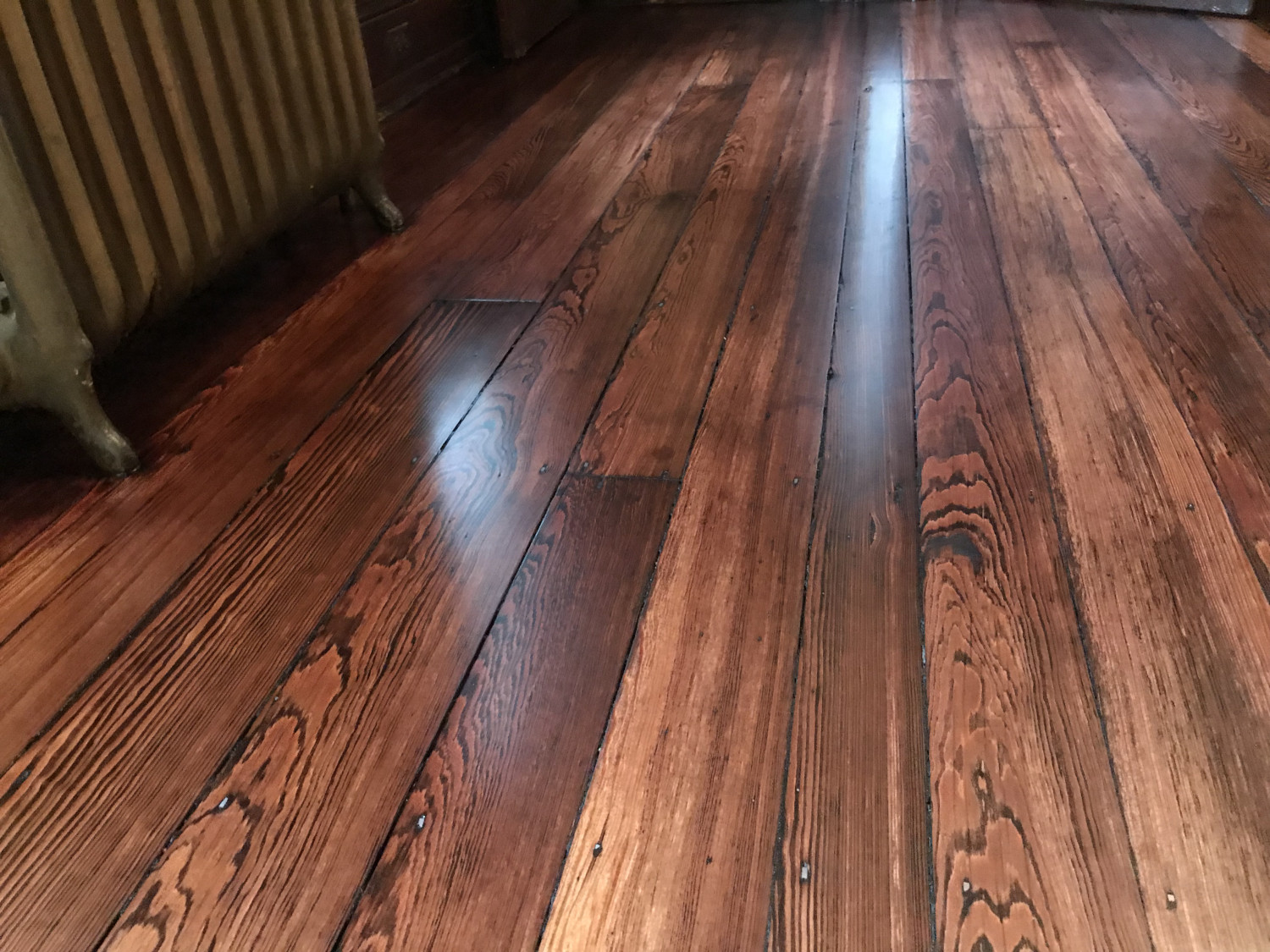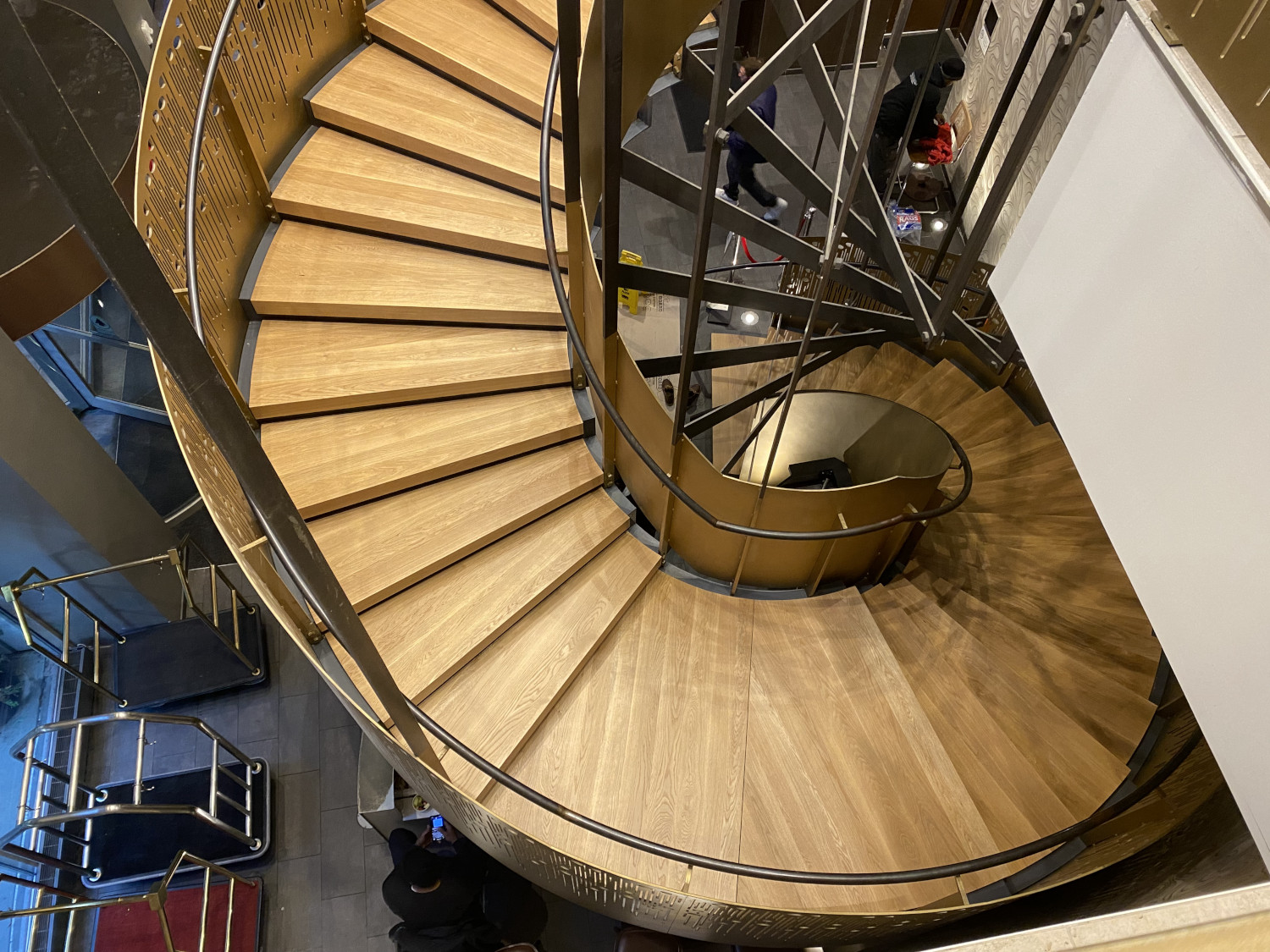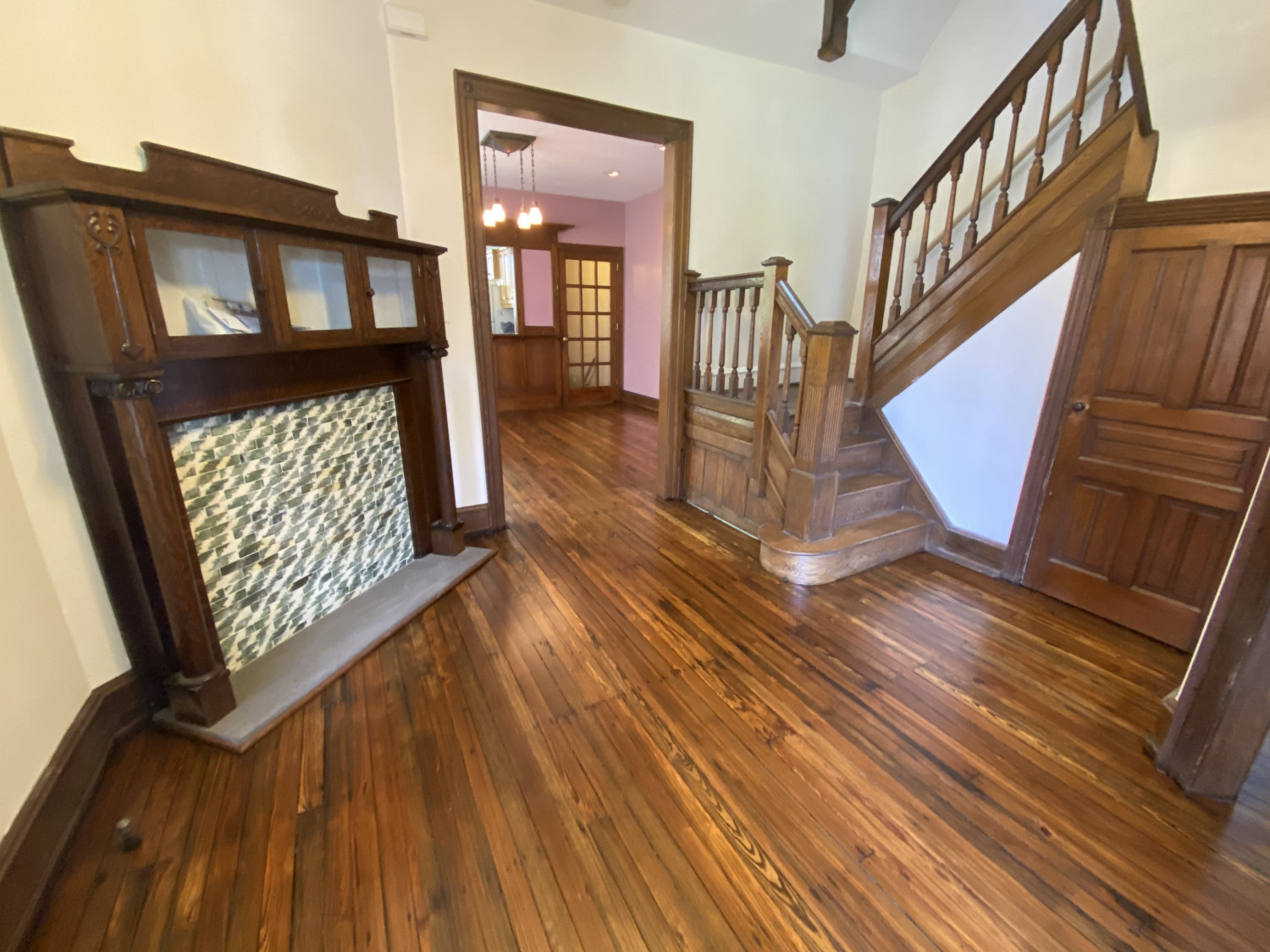How Long Does Polyurethane Take to Dry? How to Speed Up The Drying Time?
Applying polyurethane is one of the final and most critical steps in protecting hardwood floors. Whether you’re restoring an old floor or sealing a new one, understanding how long polyurethane takes to dry and how to accelerate the process without compromising quality can make all the difference. Drying time affects not only your project timeline but also the durability and appearance of the finish.
At Artisan Wood Floors, we’re passionate about helping homeowners make informed decisions. Let’s unpack how polyurethane dries, why it can vary significantly, and what you can do to help it along.
What Happens When Polyurethane Dries?
Drying isn’t just about when the floor feels dry to the touch. With polyurethane, the drying process occurs in stages:
- Surface Drying: The top layer of polyurethane hardens enough to touch without feeling tacky.
- Recoat Readiness: The finish is stable enough to accept another coat without mixing or clouding.
- Light Use: You can walk on it carefully, often in socks only.
- Full Cure: The finish is completely hardened both chemically and physically, and it is ready for normal use.
This process can take anywhere from a few hours to several weeks, depending on the type of polyurethane and the conditions in your space.
Water-Based vs. Oil-Based Polyurethane
There are two primary types of polyurethane used in hardwood flooring: water-based and oil-based. Each comes with different drying characteristics.
Water-Based Polyurethane
Water-based polyurethane typically dries faster. You might be able to recoat within a few hours and walk on it the next day with light socks. Full curing can take approximately one to two weeks under ideal conditions. These formulas have lower odor and VOC levels, making them more appealing for families with children, pets, or individuals with sensitive respiratory systems.
Oil-Based Polyurethane
Oil-based polyurethanes dry more slowly. A single coat may take 24 hours or longer before it’s ready for a recoat or light use. Full curing can stretch up to 30 days. However, oil-based finishes are known for their deep, rich color and exceptional durability. Many homeowners prefer this look and are willing to wait longer for the final results.
Factors That Affect Drying Time
Even if you follow the manufacturer’s instructions to the letter, real-world drying times often vary. Why? Because the environment and how you apply the finish play a big role.
1. Temperature and Humidity
Polyurethane dries fastest in moderate temperatures (around 70°F or 21°C) and low humidity. If the air is too cold, the solvents take longer to evaporate. If it’s too humid, moisture in the air slows evaporation, keeping the surface tacky for a longer period.
2. Airflow and Ventilation
Fresh air helps polyurethane dry faster. Proper ventilation removes lingering solvent fumes and circulates dry air over the surface to prevent recontamination. Open windows if the weather cooperates, and use fans or exhaust systems to move air through the room.
3. Coat Thickness
Thicker coats take longer to dry. It’s a common misconception that a single heavy coat will “seal better.” In reality, applying polyurethane too thickly can trap solvents inside, resulting in cloudy spots, bubbles, or a soft finish.
4. Type of Wood
Some wood species (like oily exotic hardwoods) naturally slow the drying process. Porous woods absorb finish more readily, which can affect how evenly the surface cures.
5. Application Tools
Rollers, brushes, and sprayers all lay down polyurethane differently. Foam brushes may leave thinner layers that dry faster, while lambswool applicators or heavy rollers may result in thicker coats.
How to Speed Up Drying Time (Without Ruining the Finish)
There’s no magical way to make polyurethane dry instantly, but there are some smart, safe strategies you can use to move things along without compromising the result.
1. Choose the Right Polyurethane
If you need a fast turnaround, consider using water-based polyurethane. It’s specifically designed to dry quickly and allow multiple coats in one day. Just ensure that the look and performance meet your expectations.
2. Control the Climate
Bring in a space heater to maintain a consistent temperature of 65–75°F in the room, and use a dehumidifier to keep the air at ideal moisture levels. Avoid sudden temperature swings or overdoing the heat, as this can cause uneven drying or even cracking.
3. Maximize Ventilation
Use box fans or standing fans to move air across the floor surface, but not so strongly that you kick up dust or create uneven drying patterns. Cross-ventilation (fans facing open windows) is a great setup.
4. Use Thin, Even Coats
Apply multiple thin coats rather than one thick one. It’s a bit more work upfront, but it results in a better-looking, longer-lasting finish and speeds up the drying time between coats.
5. Avoid Contamination
Ensure your workspace is clean and free from dust, pet hair, and other debris. Contaminants can stick to the surface, forcing you to redo sections or sand them down.
Signs Your Polyurethane Isn’t Fully Dry Yet
If you’re unsure whether your polyurethane is really ready for the next step, look for these signs:
- The surface still feels tacky or slightly sticky.
- A chemical smell lingers in the room.
- The finish dents easily with a fingernail or light pressure.
- Cloudy patches or uneven sheen are visible in reflected light.
When in doubt, wait longer. Walking or recoating too soon can ruin the finish, forcing a complete resand.
What Happens If You Rush It?
It’s tempting to push forward, especially when you’re excited to get back into your space. But applying coats too soon, or walking on floors before they’re ready, leads to problems like:
- Scuff marks or footprints
- Peeling, flaking, or bubbling
- Trapped moisture or uneven curing
- Permanent impressions from furniture or rugs
A little extra patience can save you major headaches and costly repairs later.
Trust the Process, Or Better Yet, Trust the Pros
Applying polyurethane correctly takes time, technique, and knowledge. If you’re doing it yourself, follow the instructions closely, monitor your environment, and allow each coat sufficient time to dry and cure. However, if you want peace of mind and picture-perfect results, hiring the pros is your best bet.
At Artisan Wood Floors, we’ve helped countless homeowners achieve stunning hardwood finishes that last for years. We know how to select the right finish, control conditions for proper drying, and avoid common mistakes that can ruin a floor.
Ask for Steve when you contact us. He’ll guide you through your options, explain every step of the process, and make sure your hardwood floors look their best, not just today, but for decades to come.
Ready to protect your floors the right way? Visit Artisan Wood Floors or reach out directly, and don’t forget to ask for Steve.
Recent Hardwood Flooring Projects in Philadelphia & NJ




0 Comments